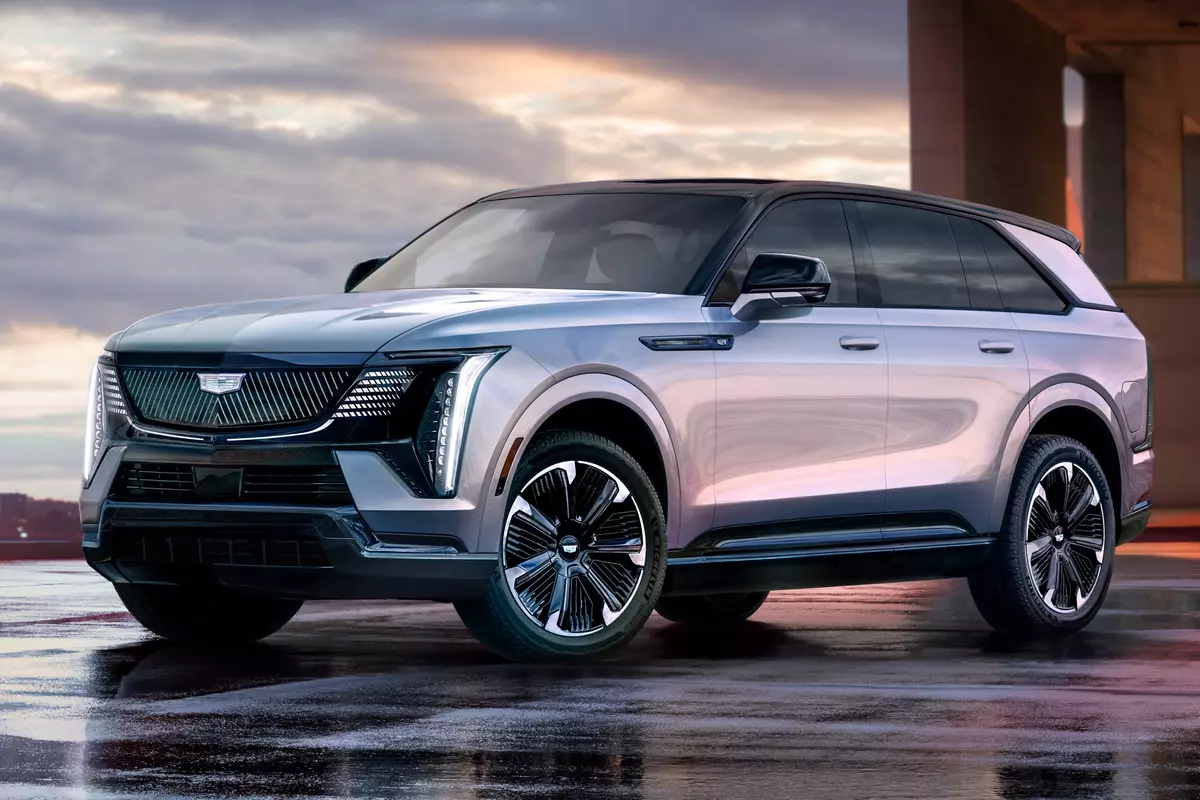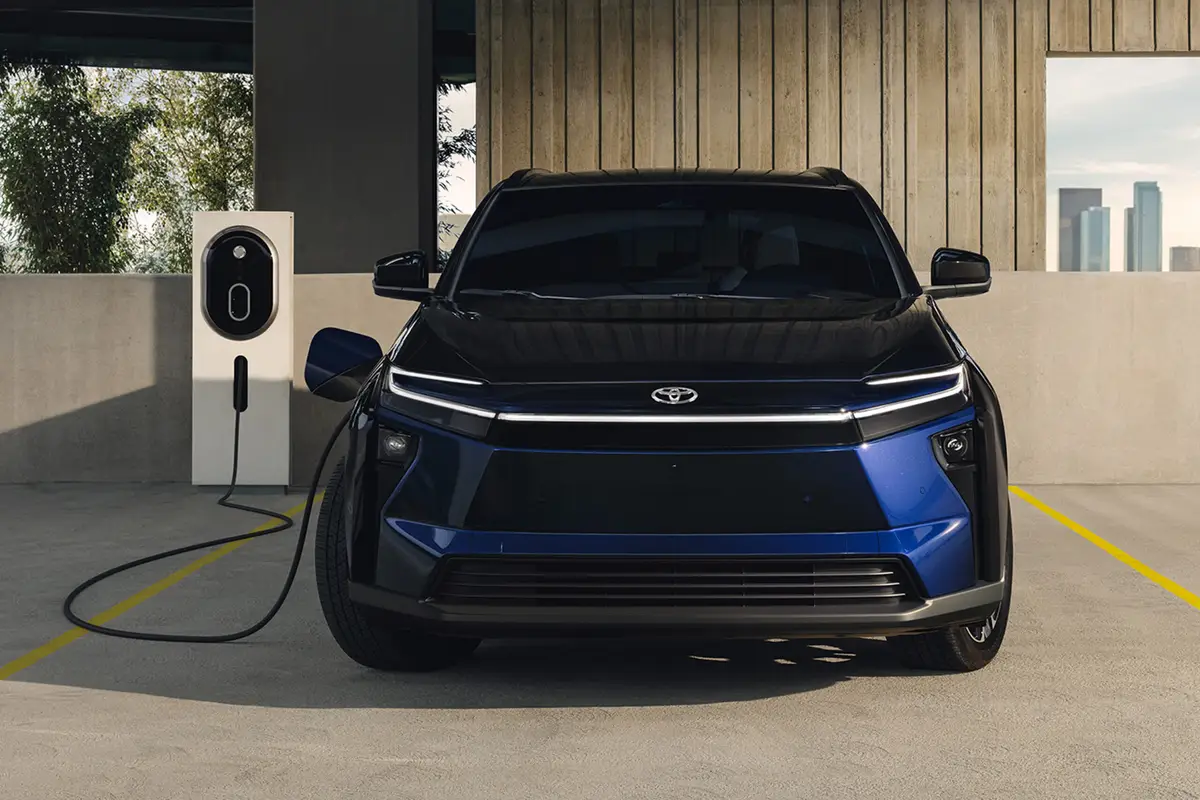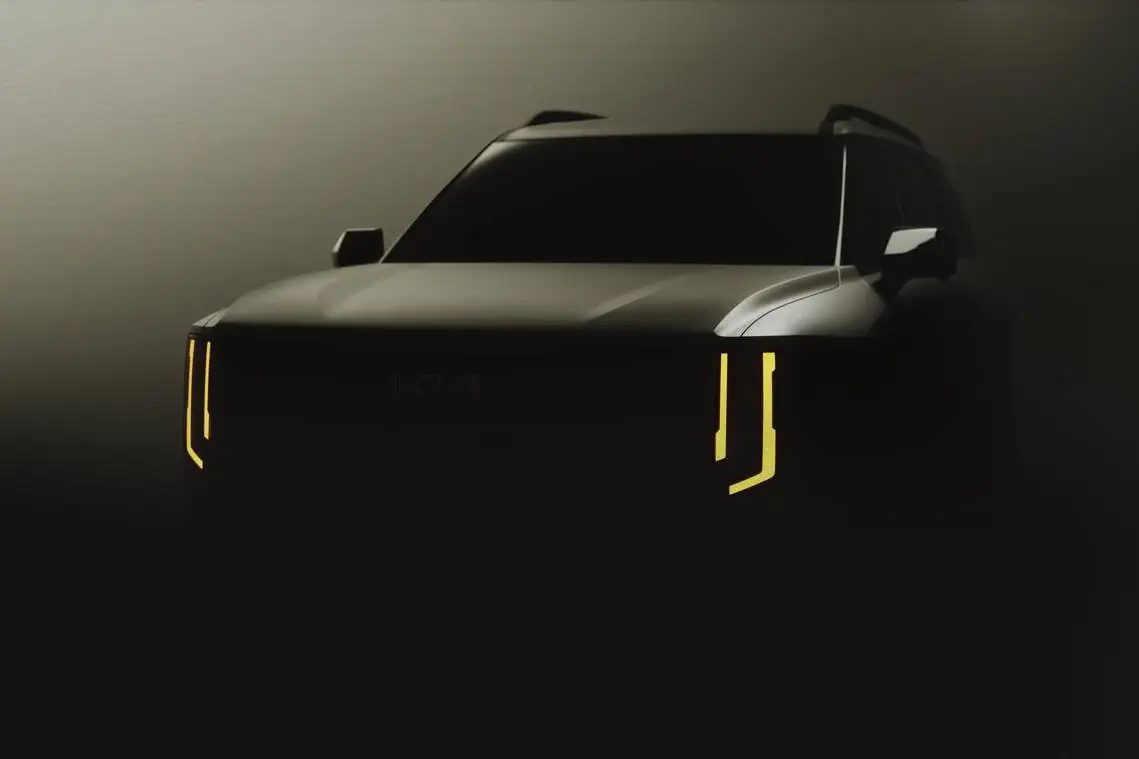The Morning Call and Mcall.com's view
One of the auto industry’s biggest and oldest rivalries is the old Chevy vs. Ford debate. This battle has raged for decades, and if you think it’s over, just take a look at the full-size SUV market, where the two are slugging it out.
Right now, Ford would seem to have an upper hand, with greater sales of trucks overall, as well as in the full-size SUV segment. Part of the problem for Chevrolet is the Tahoe (and its GMC sister ship, the Yukon). Formerly loyal Chevy buyers were lining up to buy Ford Expeditions, mainly because of the the third row seat. So it should come as little surprise that the revised Tahoe has such a seat, in addition to a revised chassis, revised drivetrains and all-new look.
If you can’t tell it’s an all-new look, you’re excused. You’ll have to park an old one next to it to tell the difference. But the sheet metal is softer and more rounded, with a more curvaceous beltline. It still has a muscular, sizable look.
The frame, which is shared with the new Silverado pick-up, is revised to lend the vehicle a more solid feel. This it does admirably and the truck feels stiffer than some GM cars. It also helps improve the handling, which also benefits from a new five-link rear suspension. If that isn’t enough, $700 will buy the new optional Autoride suspension. This system continuously monitors shock, adjusting as road conditions change. This gives the SUV such a remarkably nice ride, one that doesn’t wallow or rebound as big GMers used to do. It gives the driver a feeling of confidence behind the wheel, despite the somewhat numb steering and brakes so typical of this breed. That said, the truck was easy to drive, almost too easy, given the careless manner most new SUV drivers toss around these vehicles. But the impression was one of car-like suppleness, remarkable given the truck platform it’s based on and better than the Expedition.
That said, this vehicle is still big, something you’re aware of when you try to squeeze into a parking space.
Engines are revised but familiar. The 275 horsepower Vortec 4800 V8 is standard on the base model, with the 285 horsepower Vortec 5300 V8 standard on LS and LT models. The big difference on these engines is torque, with the 4800 having 290 pound-feet, while the 5300 has 325. Both are hitched to a smooth-shifting 4-speed electronically controlled automatic transmission. Four wheel drive is standard with the availability of Autotac. With the dash-mounted dial switched to automatic four-wheel drive, the system basically runs in rear-wheel-drive until wheel slippage is detected. Power is then sent to help offset this condition. It’s invisible to the driver.
Power is abundant with the 5300 V8, with a typically torquey response when the driver has a need for speed. This is little changed from the old Tahoe.
Braking power is much improved and it was one of the old Tahoe’s weak points. Four-wheel-disc brakes with anti-lock are standard throughout the line. Stops are shor ter and more assured.
Overall the driving experience is easy and fuss free for such a large vehicle. This ease of driving belies its size, something that previously could only be said of large Fords.
Safety is addressed through front and side airbags in addition to the previously mentioned anti-lock brakes. Seatbelts up front are anchored on the seat, as well as in the rear outboard seating positions.
Although the rear hatch is still available as a split door design, a more convenient lift-gate design is available for the first time.
The driving environment is similar to the Silverado. This is one spot where the Expedition wins over the Tahoe. Everything functions as it should, but the dash is totally artless. This collection of plastic parts is straight from the corporate parts bin, and while they function well enough, they don’t have any kind of cohesive feel. The switches don’t feel unique in any sense.
There are enough luxury-level options to confu se this namep late with a more prestigious one. This LT-level truck had all the requisite power goodies (seats, mirrors, windows and locks), cruise control, fog lights, heated seats, front and rear air-conditioning, automatic climate control, running boards, aluminum wheels, compass and temperature readouts, towing package, even outside ground illumination. The seats are large and comfortable, even over long drives. The seats were covered in leather and lent the cabin a richness it otherwise lacked.
And richness is the operative word.
With a base price of $27,845, the LT trim level very quickly racked up an un-Chevrolet-like price of $41,094. If Chevrolet is the entry-level division of GM, why the eye-popping price? (I know, look at all the gear.)
Despite that, this Tahoe is a worthy competitor to Ford’s Expedition. Will Ford maintain its lead? With the Tahoe, Chevrolet officials want the answer to be a definite ‘no.’ They might just succeed.
>> 2000 Chevrolet Tahoe AWD LT
Engine: 5300 ohvV8
Transmission: 4-speed automatic
Tires: P265/70R16
Wheelbase: 116 inches
Length: 198 inches
Curb weight: 5,050 pounds
Cargo capacity: 108 cubic feet
Trailer towing capacity: 8,800 pounds
Base price, test model: $27,845
As tested: $41,094
EPA rating: 14 mpg city, 17 mpg highway
Test mileage: 16 mpg
Fuel type: Regular
>>
Latest news



